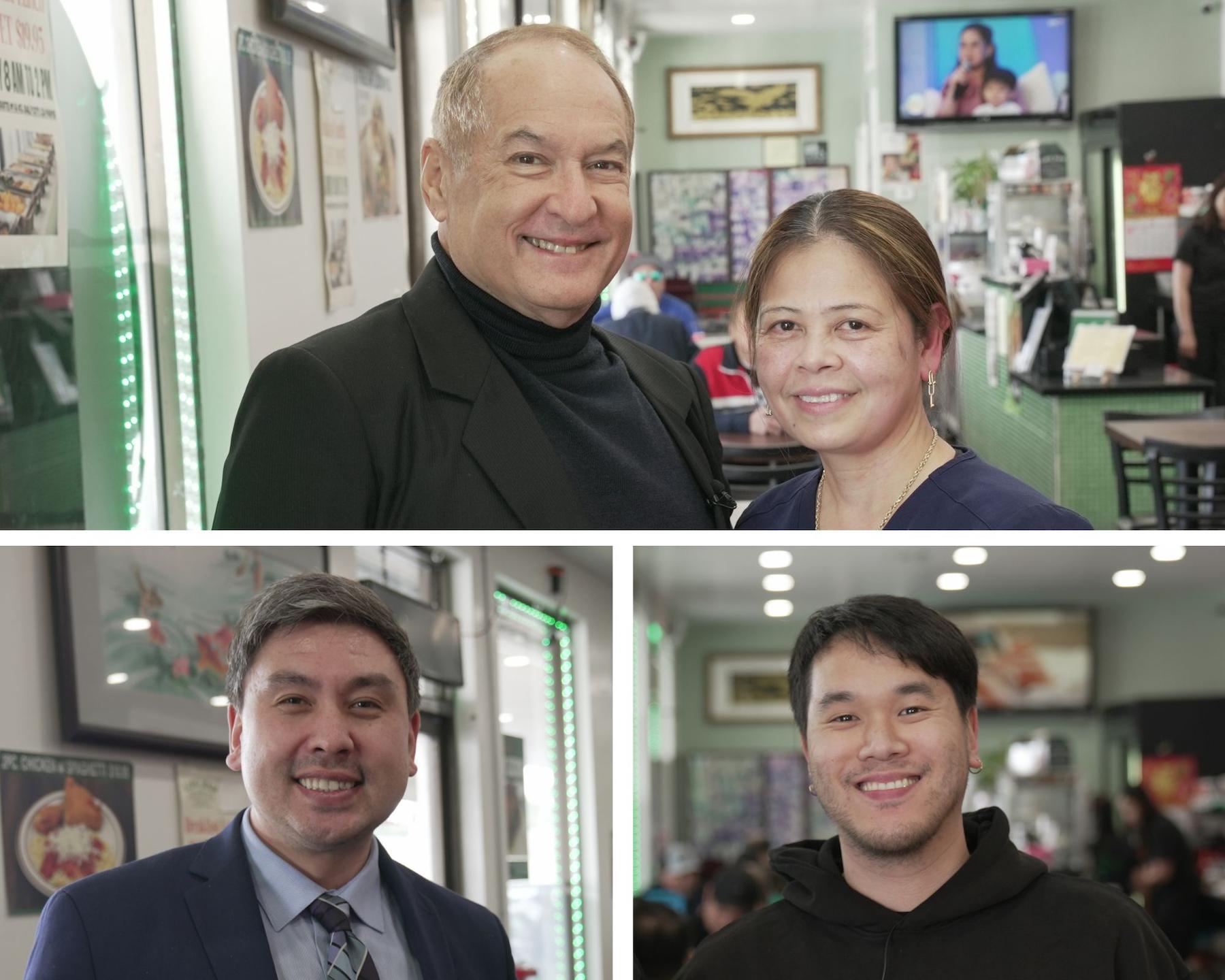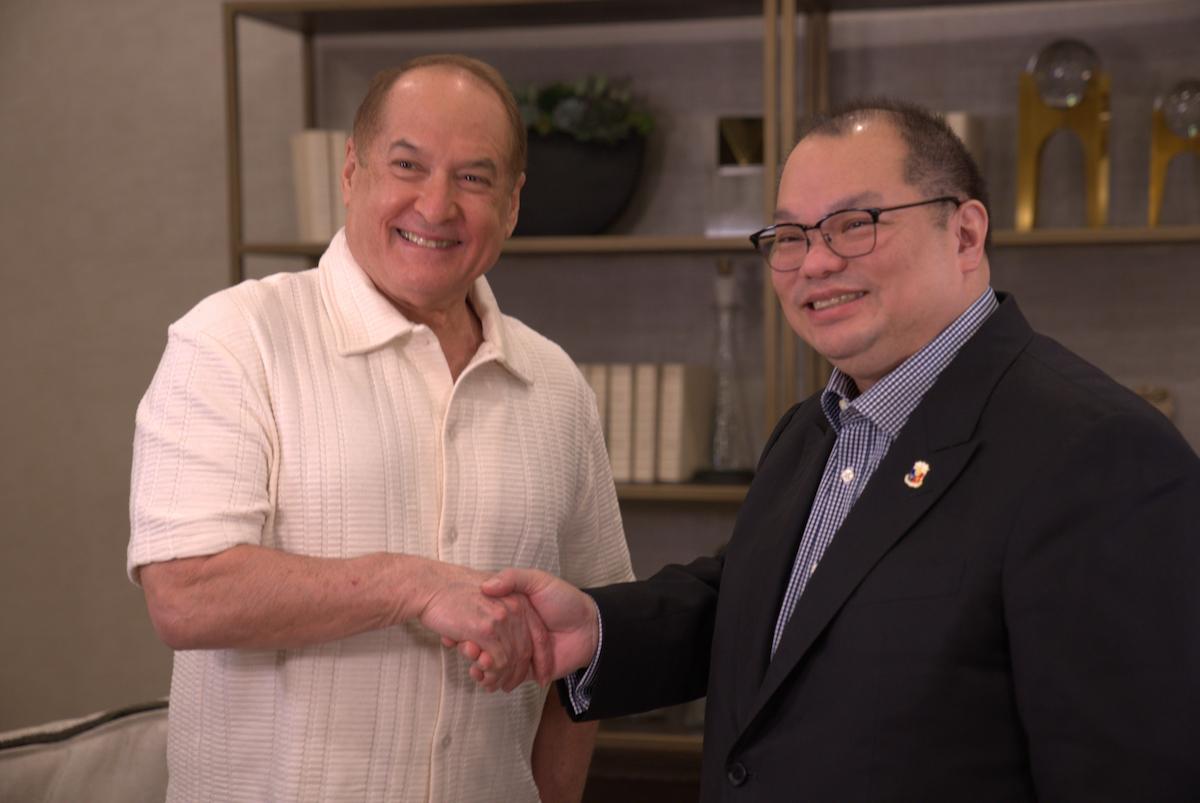“The L-1 Visa category is available to individuals seeking to take up employment in the United States as “intra-company transferees” of multinational companies. In order to qualify as an intra-company transferee, the individual must have worked overseas for a period of at least one year in the three years preceding the application for L-1 status for a parent, branch or subsidiary of the American company seeking to employ him.”
THE USCIS’ H-1B lottery had almost as many losers this year as it did winners. In addition to the thousands of individual H-1B workers who failed to make the cut, hundreds of thousands of worker throughout the US will have the bear the brunt of their employers’ inability to meet staffing needs due to USCIS’ antiquated H-1B quota. In the absence of any Congressional initiative to remedy the situation, companies and individual entrepreneurs must explore creative alternatives to the H-1B Visa.
While a powerful business lobby, with the support of large companies, has been very influential in obtaining more visa numbers for “workers,” little has changed for small business owners and investors. The L and E visa categories remain viable alternatives for individuals in these occupations, and are in many ways more conducive to obtaining lawful permanent resident status over the long term.
The L-1 Visa category is available to individuals seeking to take up employment in the United States as “intra-company transferees” of multinational companies. In order to qualify as an intra-company transferee, the individual must have worked overseas for a period of at least one year in the three years preceding the application for L-1 status for a parent, branch or subsidiary of the American company seeking to employ him. The L-1 applicant must have worked for the overseas entity as a managerial or executive level employee, or in a position requiring ‘specialized knowledge,’ and be coming to the United States to perform similar services for the United States entity.
Even if the United States branch or subsidiary is a “start-up,” L-1 status may be granted to a self-transferring executive or manager for an initial period of one year. There are no minimum requirements as to the size, number of employees or revenues of the US entity. In the cases of managers or executives, L-1 status is available for a period of up to 7 years, while a total of only five years is available in positions involving “specialized knowledge.” This option is available to owners of businesses overseas who wish to explore the US market and establish a business presence here.
One of the greatest advantages to the L-1 executive or manager is that it translates well into a “green card” application. The law exempts certain “multinational” managers and executives from the labor certification requirement. The requirements for these individuals parallel the requirements for L-1 classification to a large extent, allowing for the filing of an immigrant visa petition once the US entity has been in existence at least one year. In avoiding the Department of Labor altogether, a multinational manager or executive can shave years off of the usual time frame to acquire lawful permanent resident status through employment.
In cases where the L-1 visa may not be available, the E-2 classification may be more appropriate. The past several years of economic expansion in the United States has opened doors for a new breed of entrepreneur. A healthy national economy, in combination with a surge in the growth of small business, has created numerous opportunities for self-employed individuals from computer consultants to owners of convenience stores. Since the E-2 treaty visa requires no sponsor, this visa classification is ideal for the self-reliant businessperson.
The basic requirement for E classification is that an individual from a country with which the United States shares a treaty involving commerce seeks to enter or remain in the United States to make a substantial investment. The United States and the Philippines have been parties to such a treaty since 1954. A common misconception is that an E visa holder must spend millions of dollars in his enterprise, when in reality there is no minimum dollar requirement. Rather, the test for whether the amount involved is substantial is assessed under a proportionality standard.
The USCIS and State Department look to see whether the amount involved is substantial “in relationship to the total cost of either purchasing or creating the type of enterprise” proposed for E status. This means that the lower the total cost of the enterprise, the higher, proportionately, the investment must be to qualify. Certain businesses with a low total purchase price may require close to the full amount to be invested, while larger enterprises will require a lower percentage of the total cost to qualify.
Should the E-visa enterprise flourish, there may be an opportunity for the investor to seek permanent resident status through the “EB-5 employment creation” category. In any event, E-2 status is available in increments of two years and extendable indefinitely.
The H-1B program has become an insidious joke, leaving most companies in need of scarce specialized talent understaffed and forcing individuals desirous of these types of positions to seek alternatives. Depending on the business situation, many options remain available to individuals seeking to work, invest or employ others in the United States. In identifying one’s options, consultation with an experienced immigration law specialist is the “best practice.”
* * *
Daniel P. Hanlon is a California State Bar Certified Specialist in Immigration and Nationality Law and a principal of Hanlon Law Group, PC, located at 225 S. Lake Ave., 11th Floor in Pasadena, California; Tel. No. (626) 585-8005. Hanlon Law Group, PC is a “full-service Immigration Law firm.” E-mail: [email protected] and www.hanlonlawgroup.com.






